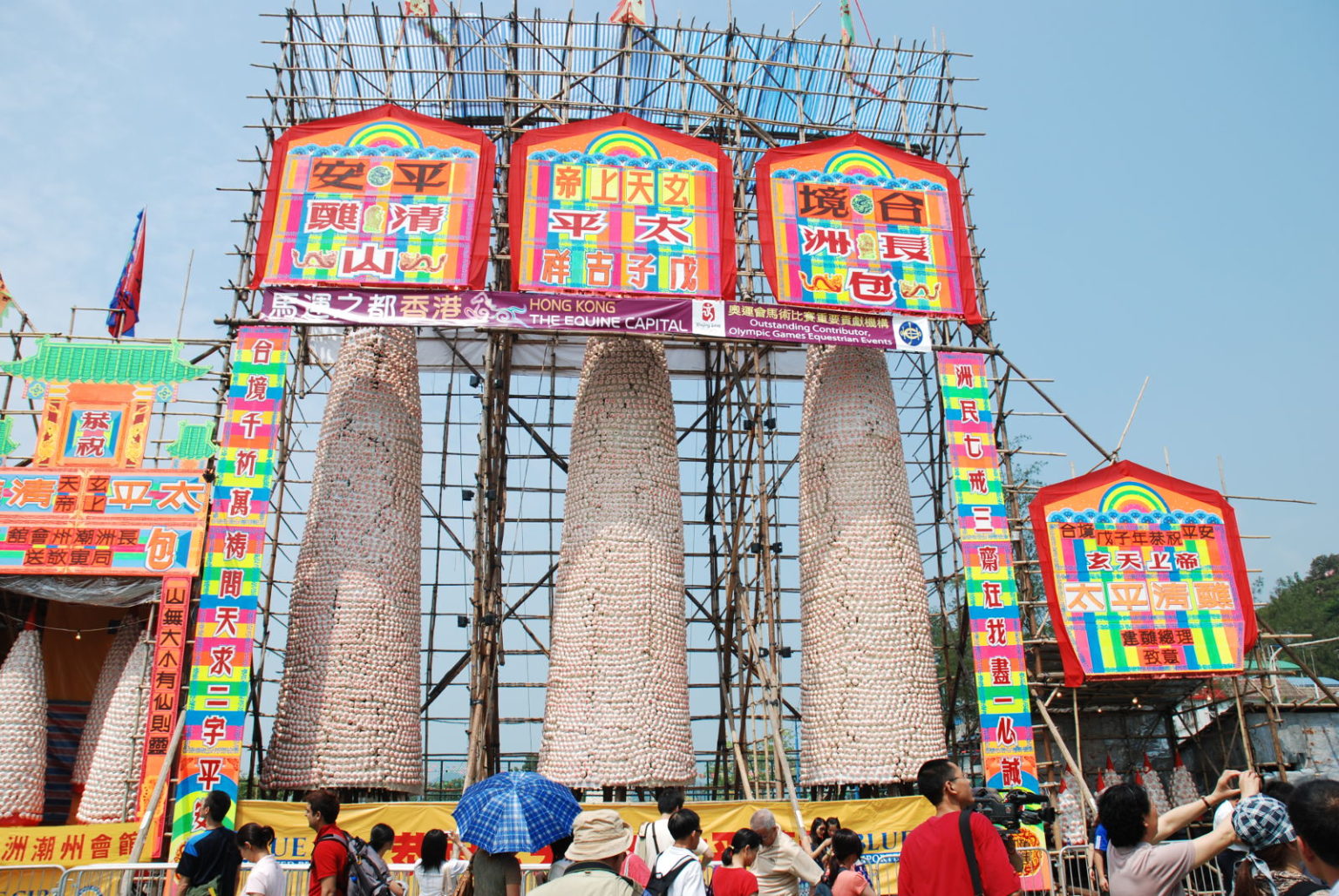With a name that rouses the appetite, one might be fooled to think that Cheung Chau Bun Festival is about food. As scrumptious as it sounds, Cheung Chau Bun Festival (包山節 – bao saan zit in Cantonese and 包山节 – bao shan jie in Mandarin) is steeped in folklore that began around a plague-swept time and has now become a festival celebrated on the small fishing island filled with fun activities, one that’s not to be missed!
What is Cheung Chau Bun Festival?
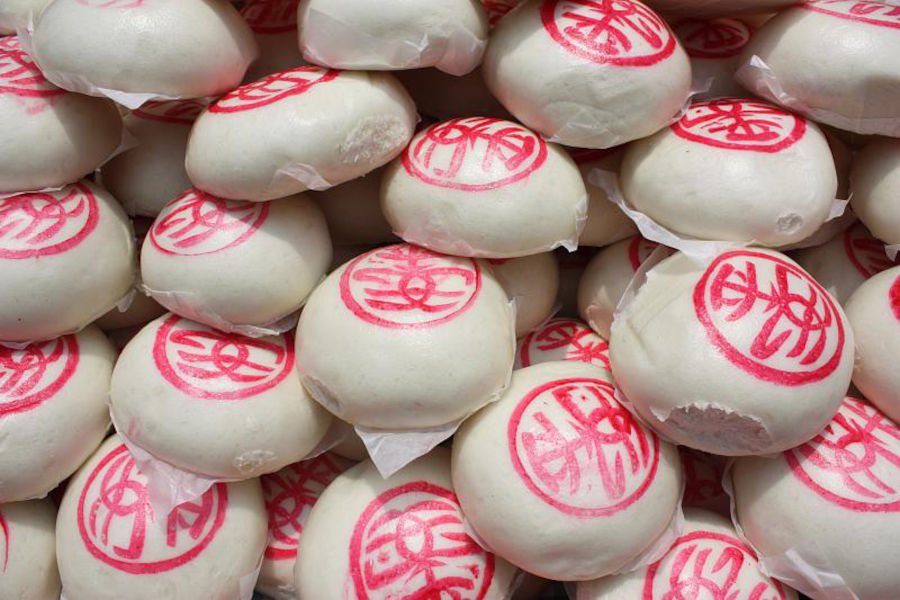
Cheung Chau Bun Festival or Cheung Chau Da Jiu Festival, occurring on May 26 & 27, 2023, is a holiday celebrating the safeguarding of a particular island community in Hong Kong. During this time, parades, lion dances, and a penultimate bun tower competition are held.
One of the most popular Taoist celebrations in Hong Kong, every year it happens on the eighth day of the fourth month of the lunar calendar. May 26 is the highlight, when the bun snatching event takes place; on May 27, the scrambling final and awards ceremony will be held.
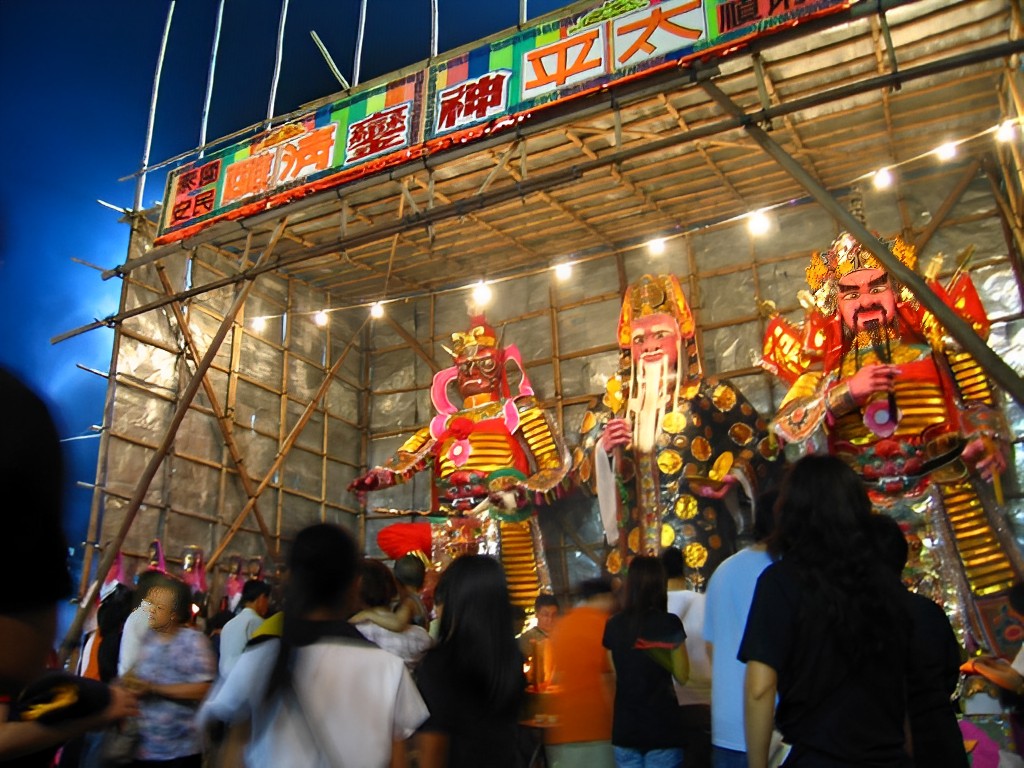
The festival began over a century ago when the people of Cheung Chau encountered a plague in 1894 that was detrimental to the well-being and longevity of the community. The villagers prayed at Pak Tai Temple which is devoted to Pak Tai, the god of the sea, for protection. They also carried statues of deities on the streets, which eventually drove away evil spirits and the plague altogether.
Today, the festival is a grand cultural spectacle filled with parades and more activities running for four days, with the celebration reaching climatic heights on the third day. The Cheung Chau Bun Festival is unrelated to Buddha’s Birthday even though they’re celebrated on the same day.
How did Cheung Chau Bun Festival start?
The beginnings of Cheung Chau Bun Festival was one of pain and suffering. A plague was running wild in the village of Cheung Chau and those who were out at sea were constantly met with pirates that ate at their livelihoods. In this turbulent wave of unfortunate events, the villagers sought protection by praying to Pak Tai, the god of the sea, and carrying statues of Taoist deities wherever they went to bring in good luck and protection. Some villagers would go the extra mile and dress up as a deity.
Their efforts didn’t go unnoticed, luckily. Soon enough, the plague wore off, evil spirits were driven away and the villagers lived a happy and harmonious life. The boisterous and lively celebrations that gradually took place over the years are a great mark to the ending of tough times, leaving the past behind and observing the ongoing blessed period.
How to celebrate Cheung Chau Bun Festival
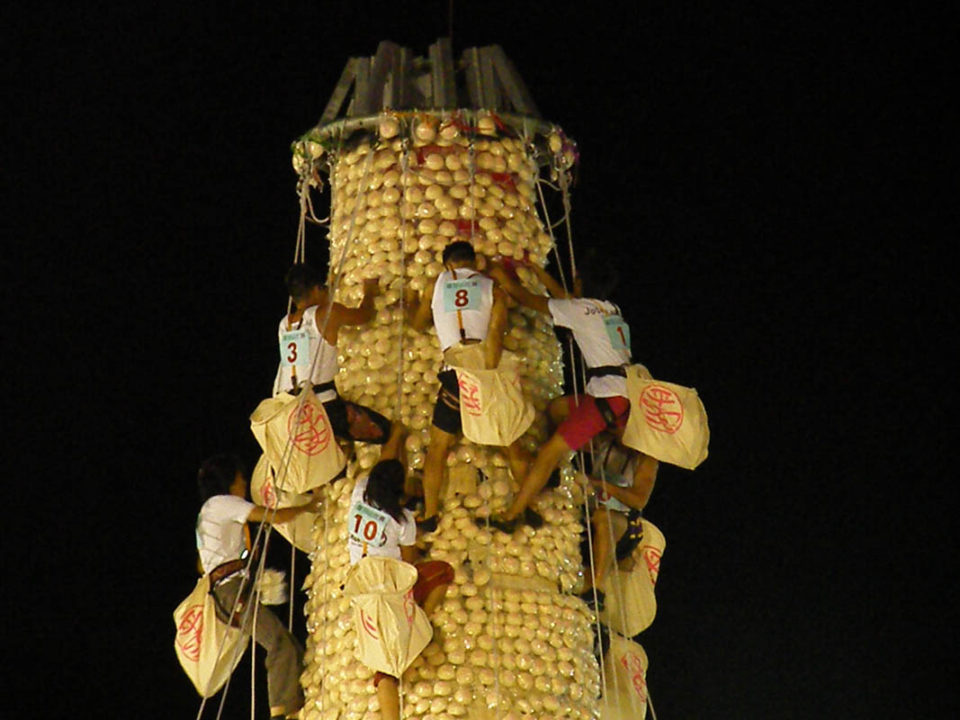
Cheung Chau Bun Festival is a major attraction that draws in crowds from all over Hong Kong with a number of activities occurring over the multi-day celebration.
As the festival name suggests, buns are involved in the grand spectacle. Loads of white-coloured steamed buns made from flour, sugar, and water are produced from scratch. They’re sometimes filled with sweet condiments, like red bean, lotus and sesame paste, and marked with a red Chinese character that means peace.
The Bun Scrambling Competition (搶包山 – cheung bao saan in Cantonese / qiang bao shan in Mandarin) is the highlight of Cheung Chau Bun Festival that happens at midnight on May 26 (which is a public holiday for celebrating the Birthday of the Buddha), so many spectators visit Cheung Chau to watch and even participate! Towers as high as 90 feet are covered with up to 9,000 buns – participants compete to climb up and collect as many buns as possible. The higher the buns are located, the more points they’re worth. The towers are traditionally made using bamboo frames, but are now made from sturdier steel frames for safety reasons.
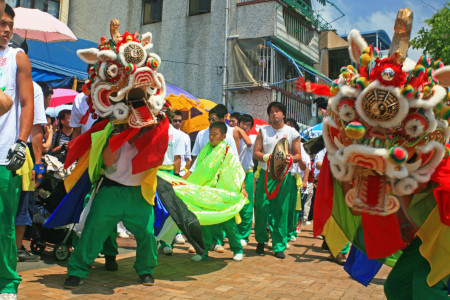
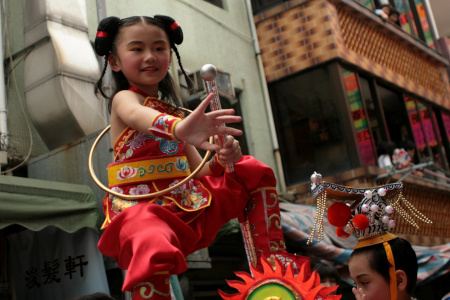
Adding to the rambunctious spirit of the festival is the parade that starts and ends at Pak Tai Temple, led by an image of Pak Tai himself. Performers dress as Taoist deities alongside a marching band, lion dance performances, and Flying Colour dancers. One may also witness children seemingly “floating” in the mass procession. Each float made of a metal rod carries two children dressed in costumes doing a balancing act, hence, they appear to be floating.
During the festival, only vegetarian food is consumed. Though it’s not related to Buddha’s Birthday, recognising him is observed by eating plant-based foods since both holidays share the same dates.
Other festivities include a Chinese opera performance at a makeshift theatre built near the Pak Tai Temple. Paper gods are also erected and part of the mass display honouring the deities. Burning incense and prayers of gratitude surround the area, too!
Where is Cheung Chau?
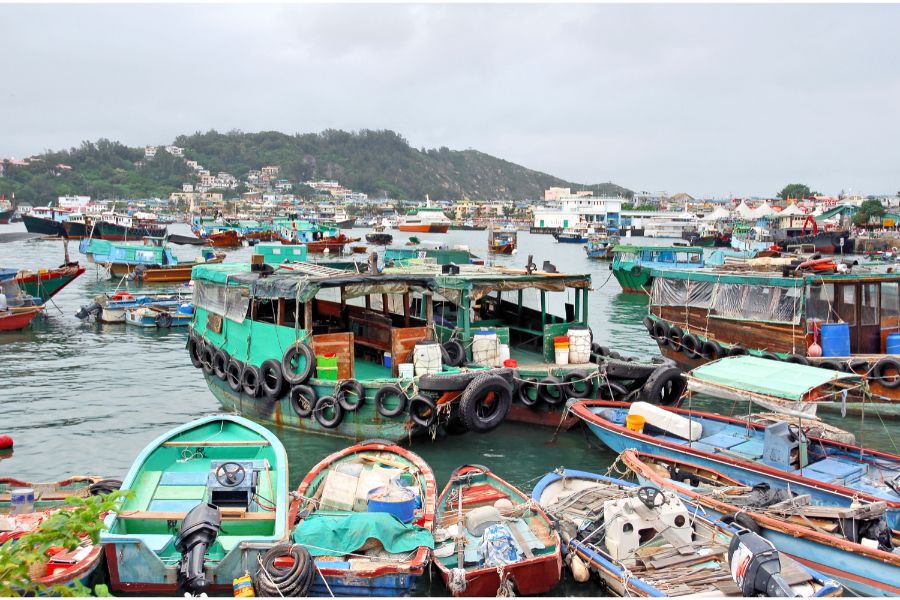
Cheung Chau is an island located 10km southwest of Hong Kong island. It is home to about 22,000 residents. The literal translation of Cheung Chau is “long island” and its nickname is “dumbbell island” (啞鈴島, a ling dou) for its shape. The island is known for a string of colourful fishing boats that line the pier, giving a glimpse into the island’s fishing roots. The Hakka, Hoklo and Chiu Chow villagers used to live out on sampans and junk boats around Cheung Chau, selling fish to earn a living.
Other traditional Chinese festivals: Lunar New Year — Lunar New Year Fair — Birthday of Che Kung — Chinese Lantern Festival — Kwun Yum Treasury Opening Festival — Ching Ming Festival — Tin Hau Festival — Cheung Chau Bun Festival — Buddha’s Birthday — Birthday of Tam Kung — Dragon Boat Festival — Birthday of Kwan Tai — Qixi Festival — Hung Shing Festival — Hungry Ghost Festival — Mid-Autumn Festival — Monkey King Festival — Birthday of Confucius — Chung Yeung Festival — Winter Solstice Festival.
Header image credits: 三座大包山 via Wikimedia Commons


